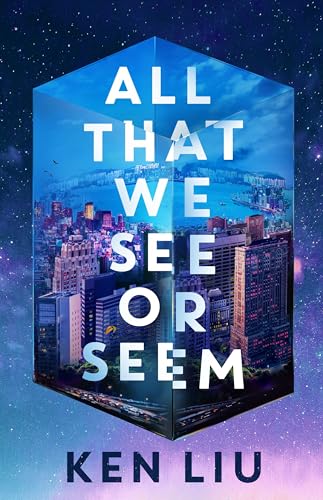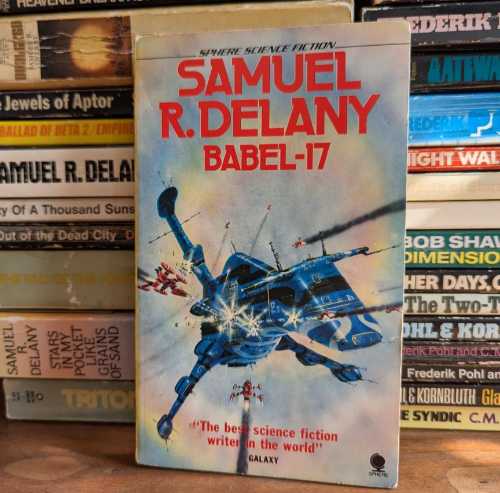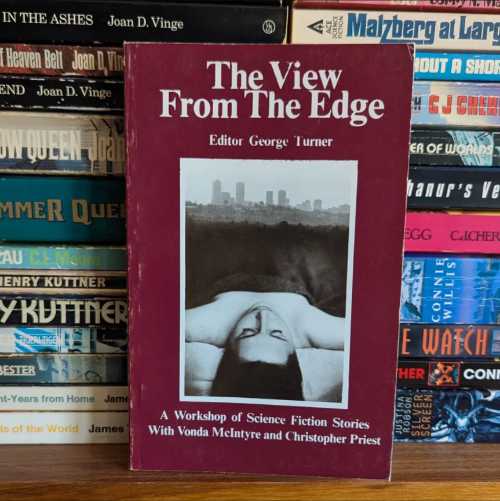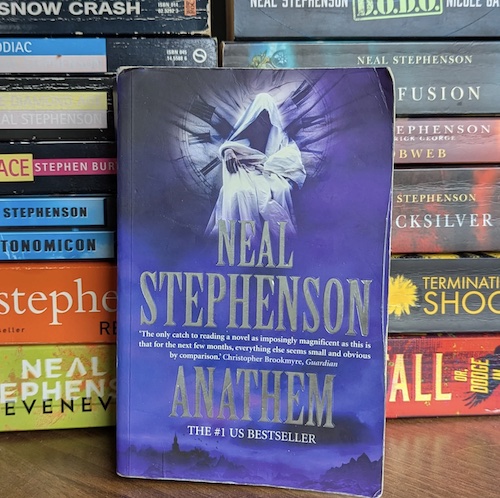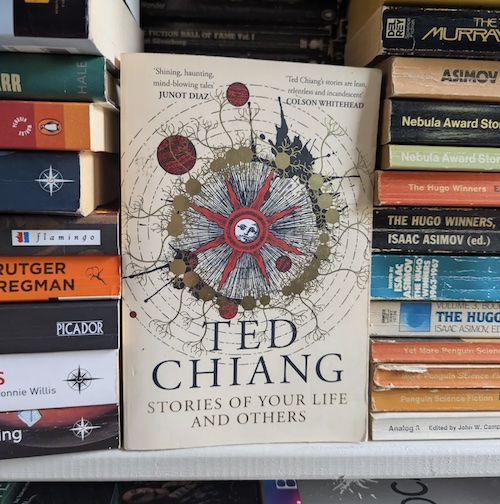All That We See or Seem
★★★★★A husband searching for his missing wife enlists hacker Julia Z, who is trying to keep her head down after a criminal youth. The two follow a trail of clues and uncover a dark criminal enterprise at the heart of society.
This plays out as a character-focused techno-thriller that’s heavy on tech to move the plot along. Julia has an AI in her phone and a shapeshifting drone, which between them are up to any hacking challenge. To Liu’s credit, a lot of the speculation on the direction of the technology is well-informed. Often, the solution to a crisis is to find the pattern by gathering data and training a model to reveal the answer - frankly, much more realistic than magical omnipotent AIs. The danger here is that setting the book ‘10 minutes in the future’, around a fast-moving technology, will mean it could date very quickly.
Julia is the only character with this tech, using it as a way to solve every plot crisis, with Liu mostly avoiding exploring the wider impact of such powerful tools on society. He is, however, compelling in his view of a decayed internet - bots talking to bots, parasocial relationships, mass surveillance, and post-truth. A frightening, but highly likely future.
Pacing was slow to begin with as we got a lot of character backstory, before the action steps up in the middle third, building to a surprising early climax that left me wondering what the last third of the book was going to do. It resolved well, even though I couldn’t swallow the plot point of knowing pi to ten decimal places.
However, while the main characters were well-drawn, the villain of the piece seemed a clichéd cardboard baddy prone to mentally monologuing exposition. It was a surprisingly surface treatment given the depth of Liu’s two female protagonists.
There were moments of startling prose: “As the host waded through the sun-dappled water of Heraclitus’s river, the experience left an indelible series of cyanotypes in the neuromesh.” Overall, an enjoyable, if forgettable, techno-thriller with solid characterisation.
Disclosure: ARC kindly provided by the publisher for review
